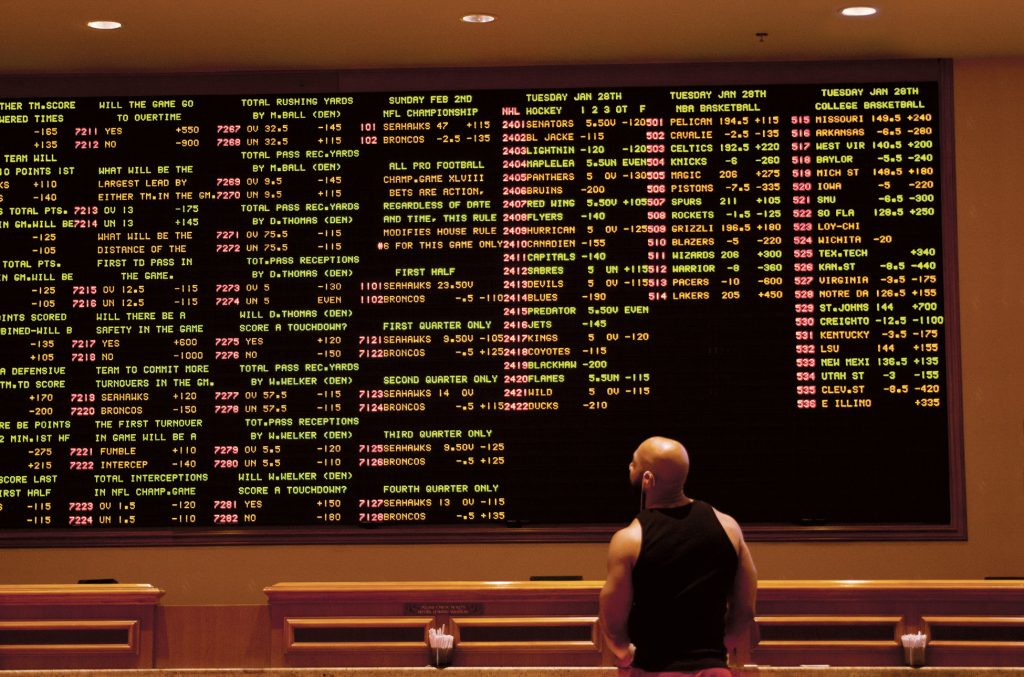In order to make a profit in online betting, to understand a little about sports, it is also important to know the mathematical foundations of bookmaking. In this material, we will pay attention to the mathematical side of the issue in sports betting – the calculation of winnings, the formation of coefficients, the probability of outcomes, margin and gaining an advantage over bookmakers. If you are looking for some really good online casino, please, refer this link https://pin-up.bet/.
So how is the winnings calculated by the rates?
The amount of winnings depends on the amount of the bet and the outcome ratio. The net profit is calculated as follows: multiply the coefficient by the amount of the bet and then subtract the money put. So, if you put 100 dollars on the outcome with a coefficient of 1.80, the gain will be 180 dollars. And net profit is $80. Experienced players who make sports bets for the first year avoid low odds, as this is an unreasonable risk. A small ratio is not a guarantee of victory, and losing one bet, for example, with a quotation of 1.10, means that you need to win ten of the same wagers in order to return one loss.
Bookmakers analyze each match before adding it to the line with all the outcomes, which is called action line. In fact, only a few offices have their own analytical department, and the rest acquire coefficients from special companies, but this is a technical point, which has no interest to the players. In order to set coefficients, analysts need to correctly assess the chances of the participants in the event, as well as predict the outcomes for which the most money will be raised. Initially, the probability of all outcomes is calculated, which is then translated into quotes.
In order to translate the probability in the ratio, you must 100% divided by the probability index

If the probability of some result is 50%, then the coefficient is 2.00. In assessing the odds, statistics are taken as a basis, as well as additional information about the match: injuries, atmosphere, motivation, and so on. Once the initial ratios received, analysts are trying to predict the movement of money, underestimating the quotes for more popular outcomes and overstaying the opposite, thereby triggering a uniform distribution of funds between the shoulders. Actually, for this reason, the coefficients for the favorites are greatly underestimated.
After assessing the odds and adjusting in accordance with the expectation of the players’ stakes, the bookmakers lay the margin in the odds. This is a certain percentage, an additional probability, which is different for each company – from 2% to 20% or more. In this case, the bookmaker can have a different margin on football, hockey and other sports. You can calculate the margin manually or using special websites. Thanks to the margin bookmakers get an advantage over the player and at any result have their profit. After all, accepting bids from clients, the coefficients change depending on the amounts set for a particular outcome. Thus, the line is adjusted continuously, maintaining the desired balance and, accordingly, a guaranteed income.
How to get an advantage over the bookmaker?

You have learned from the preceding paragraphs that the win depends directly on the odds, which is an expression of probability, and that bookmakers are always in positive territory due to the pledged margin, while the players are in a deliberately losing position.
Based on this, we can conclude that to get an advantage over the bookmaker, it is necessary to bet with overstated coefficients – a situation when the probability of winning is higher than the probability index. Such bets guarantee a profit to the player in the long run. Their determining is not an easy task. To do this, it is necessary to make the most accurate sports forecasts, correctly determining the probability of outcomes.